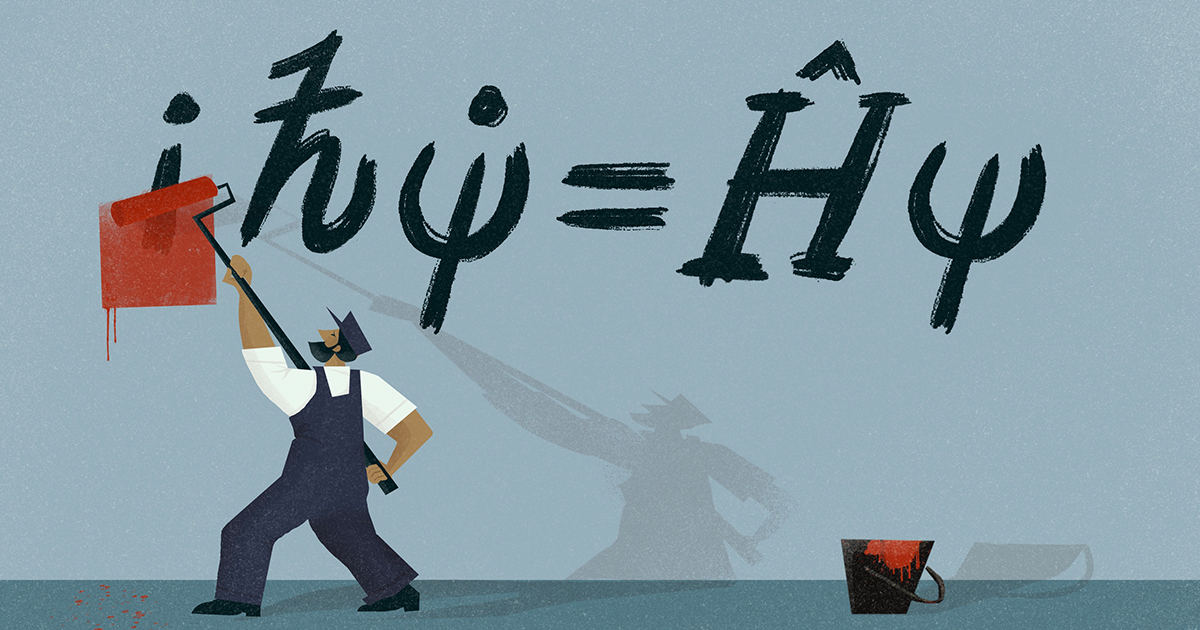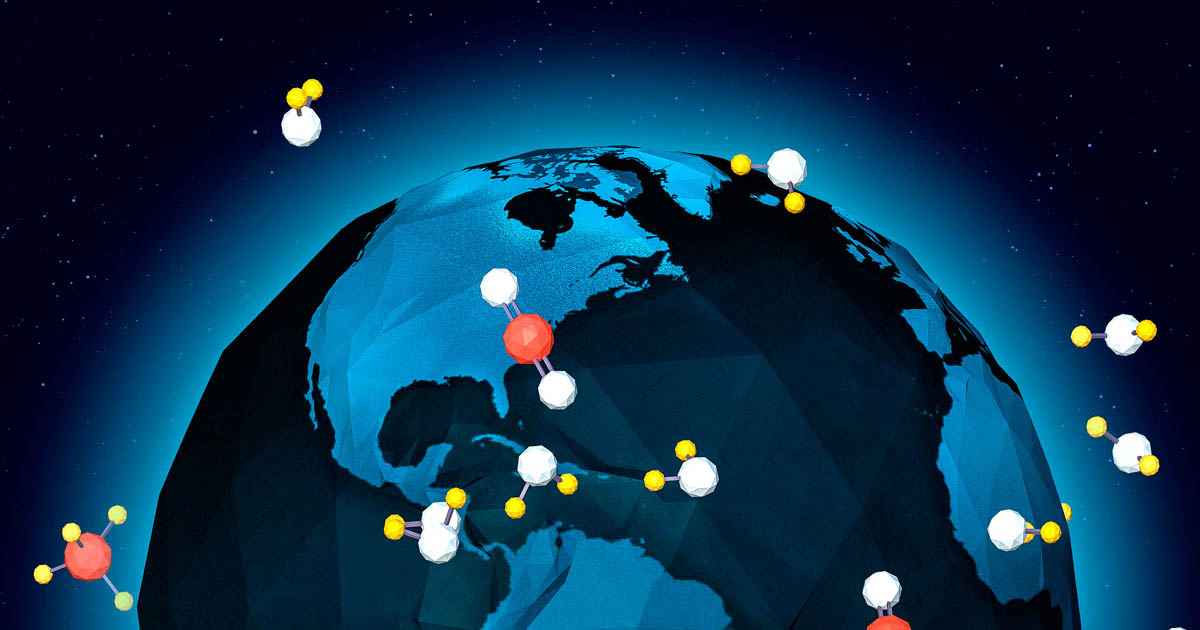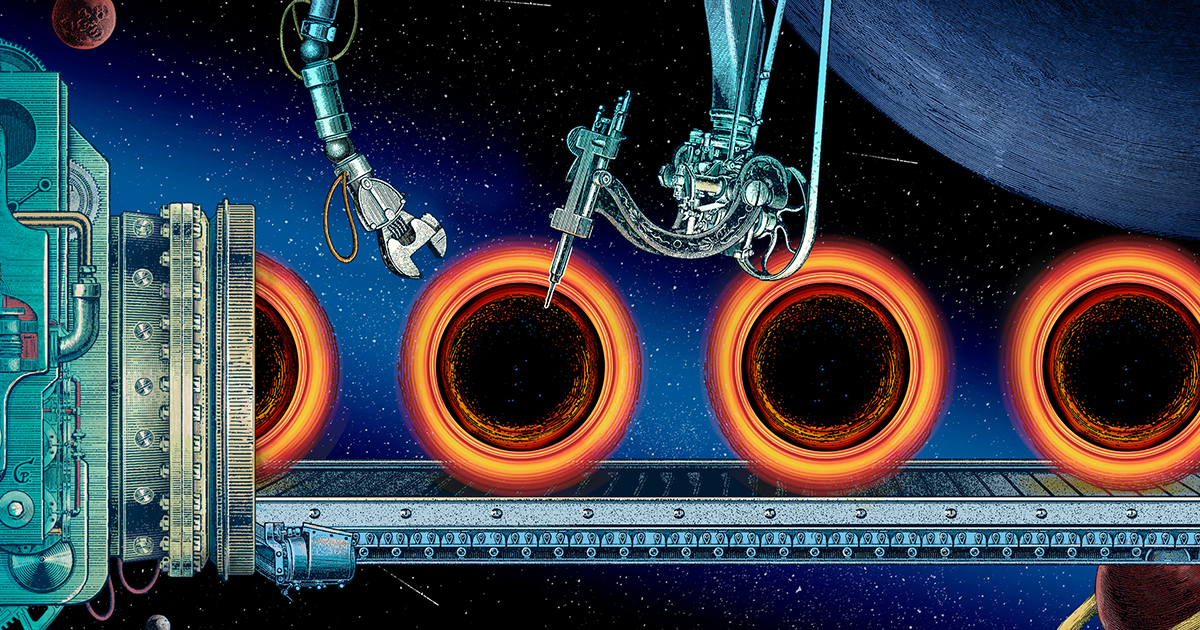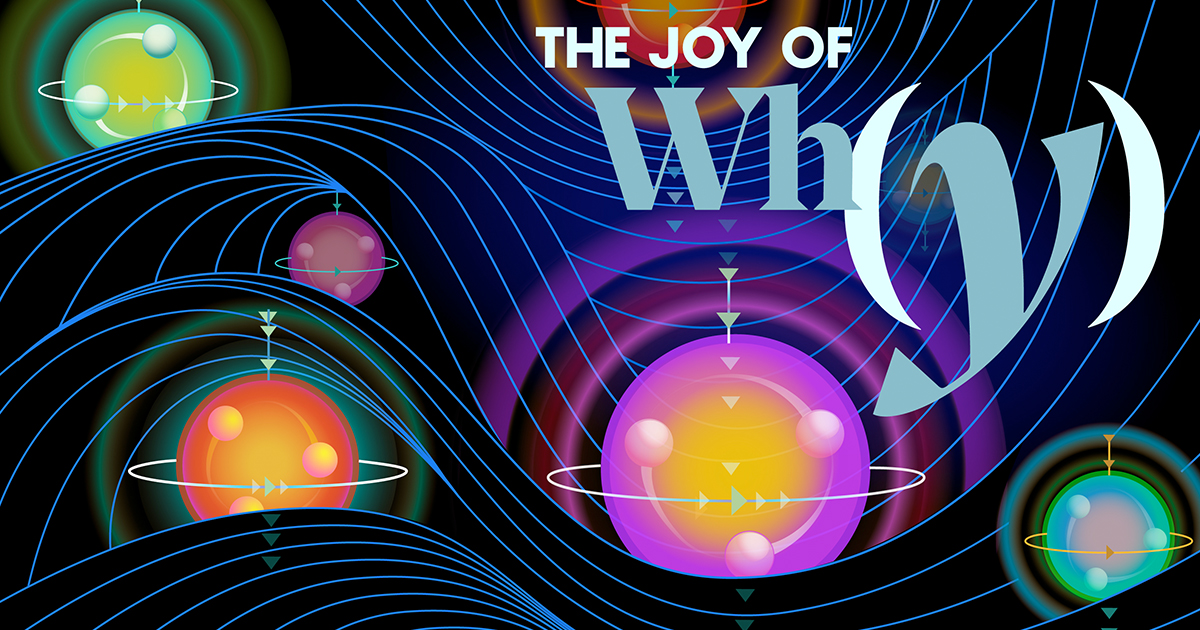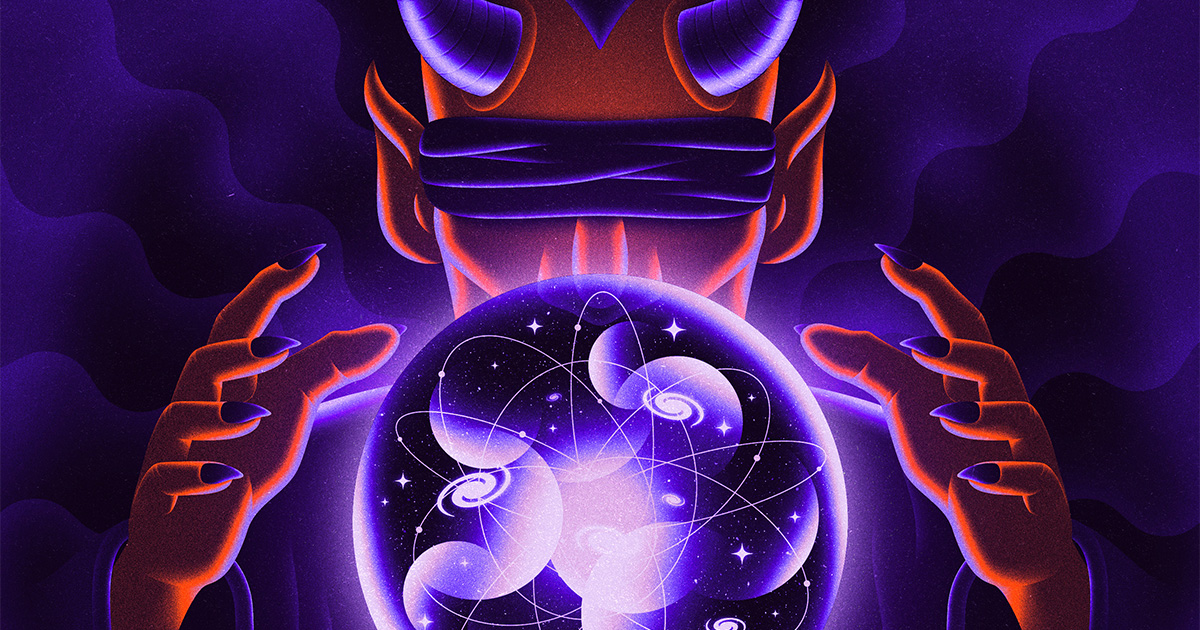A century ago, the strange behavior of atoms and elementary particles led physicists to formulate a new theory of nature. That theory, quantum mechanics, found immediate success, proving its worth with accurate calculations of hydrogen’s emission and absorption of light. There was, however, a snag. The central equation of quantum mechanics featured the imaginary number… Continue reading Physicists Take the Imaginary Numbers Out of Quantum Mechanics
Category: quantum mechanics
Carlo Rovelli’s Radical Perspective on Reality
Sitting outside a Catholic church on the French Riviera, Carlo Rovelli jutted his head forward and backward, imitating a pigeon trotting by. Pigeons bob their heads, he told me, not only to stabilize their vision but also to gauge distances to objects — compensating for their limited binocular vision. “It’s all perspectival,” he said. A… Continue reading Carlo Rovelli’s Radical Perspective on Reality
A Thermometer for Measuring Quantumness
If there’s one law of physics that seems easy to grasp, it’s the second law of thermodynamics: Heat flows spontaneously from hotter bodies to colder ones. But now, gently and almost casually, Alexssandre de Oliveira Jr. has just shown me I didn’t truly understand it at all. Take this hot cup of coffee and this… Continue reading A Thermometer for Measuring Quantumness
The Quantum Mechanics of Greenhouse Gases
There’s a simple story of the greenhouse effect: A blanket of carbon dioxide envelops the planet, letting sunlight in but trapping its heat. As a result, Earth warms. But how does this actually work? Carbon dioxide amounts to only a tiny smattering of gas molecules — 0.042%, or roughly 420 parts per million — in… Continue reading The Quantum Mechanics of Greenhouse Gases
What Is the Fourier Transform?
As we listen to a piece of music, our ears perform a calculation. The high-pitched flutter of the flute, the middle tones of the violin, and the low hum of the double bass fill the air with pressure waves of many different frequencies. When the combined sound wave descends through the ear canal and into… Continue reading What Is the Fourier Transform?
Astrophysicists Find No ‘Hair’ on Black Holes
In 2012, physicists showed that this paradox is tightly linked to the nature of the event horizon. They’d known since the 1970s that black holes emit radiation, and that this radiation probably somehow carries the scrambled information about the stuff that fell into the hole. Now they imagined what would happen if an astronaut who… Continue reading Astrophysicists Find No ‘Hair’ on Black Holes
Matter vs. Force: Why There Are Exactly Two Types of Particles
Beneath the richness of our world lies a pristine simplicity. Everything is made of a set of just 17 fundamental particles, and those particles, though they may differ by mass or charge, come in just two basic types. Each is either a “boson” or a “fermion.” The physicist Paul Dirac coined both terms in a… Continue reading Matter vs. Force: Why There Are Exactly Two Types of Particles
Can Quantum Gravity Be Created in the Lab?
Quantum gravity is one of the biggest unresolved and challenging problems in physics, as it seeks to reconcile quantum mechanics, which governs the microscopic world, and general relativity, which describes the macroscopic world of gravity and space-time. Efforts to understand quantum gravity have been focused almost entirely at the theoretical level, but Monika Schleier-Smith at… Continue reading Can Quantum Gravity Be Created in the Lab?
‘Next-Level’ Chaos Traces the True Limit of Predictability
The French scholar Pierre-Simon Laplace crisply articulated his expectation that the universe was fully knowable in 1814, asserting that a sufficiently clever “demon” could predict the entire future given a complete knowledge of the present. His thought experiment marked the height of optimism about what physicists might forecast. Since then, reality has repeatedly humbled their… Continue reading ‘Next-Level’ Chaos Traces the True Limit of Predictability
New Maps of the Bizarre, Chaotic Space-Time Inside Black Holes
At the beginning of time and the center of every black hole lies a point of infinite density called a singularity. To explore these enigmas, we take what we know about space, time, gravity and quantum mechanics and apply it to a place where all of those things simply break down. There is, perhaps, nothing… Continue reading New Maps of the Bizarre, Chaotic Space-Time Inside Black Holes
